If you do any photography for clients, either on a regular basis or whenever work comes your way, there can be a tendency to be somewhat creative when answering questions about your skills, abilities, and expectations. You might be asked to shoot a wedding when you don’t necessarily have the gear or experience to do what the client expects. Or someone might ask you to take product photos when your background is in portraits.
It’s not uncommon to be on location at a photo session and have things suddenly go awry or get strange requests from your clients. Even in the editing phase, you could very well find yourself dealing with a situation that you aren’t ready for. In times like these, it’s important to remember three simple words we have all heard since we were kids – tell the truth. You might not like the immediate results, but it will work out for the best for you and your clients in the long run.

Set your client’s expectations
Not long ago I was asked to do a portrait session for a high school senior. I knew the family and we were all looking forward to the session. But about a week before we were scheduled to take photos, we hit a bit of a wrinkle. Her parents asked if their daughter could have her two dogs in the photos as well. I had a moment of panic because this was a situation for which I was quite unprepared.
After I thought about it for a little while, I realized I had two choices, neither of which was all that appealing. I could have said yes in which case I would be agreeing to something that I was not ready for. Or I could have said no in which case I would have run the risk of angering the client and maybe even losing their business to another photographer who would agree to take the photos they wanted.
The truth of the matter, though, was that I simply didn’t know the answer so I told the client just that. Rather than say yes or no, I laid my cards out on the table and hoped for the best. I explained that I would be willing to give it a try but I had no experience with this sort of situation, and there would be a chance the pictures wouldn’t turn out at all.

This high school senior wanted some pictures with her dogs. I obliged but tried to be as honest as possible regarding my comfort level and experience with this type of photography.
Honesty is the best policy
Instead of being upset or angry, her parents were quite pleased with my response and told me they appreciated me being upfront about it. They felt more comfortable working with someone who was willing to tell the truth rather than spend money on a photographer who just told them what they wanted to hear and might not be able to deliver on the results.
On the day of the shoot, I continued the trend of being open and honest and suggested a couple options for photos, many of which the family quite liked. I even enlisted the help of the parents. Even though the photos aren’t going to win any awards or get printed in magazines, the family was more than pleased with the results. They liked the collaborative nature of the photo session as well. They felt like they could trust me and knew that I would do everything in my power to get some photos they would like, and in the end, that’s what really mattered.

We enlisted her mom to help!
This type of honesty can go a long way towards making sure your clients know what to expect when they book your services. Getting everyone on the same page before, and during, the photo session can help make sure they know what they are getting and you know that you haven’t promised something you can’t deliver.
Work with a safety net
Being open and honest with your clients is a little tricky and can involve walking somewhat of a fine line because as a photographer you are getting paid to know what you’re doing and you have to project a certain degree of confidence. After all, people are paying you to know what you’re doing so you had better know how to do it!
That being said, if you are honest with your clients about what you can do, it can give you a great deal of wiggle room when out actually doing a photo session. It also helps build a relationship of trust with your clients.
I normally shoot photos on location at parks and open areas around town. When I was taking pictures for another high school senior the two of us met up at a local garden, talked about school and college, and then got to work on the photo session. I started by giving him some very specific directions to get some good shots in the bag – the slam dunks if you will. He politely obliged, and we took some pictures that turned out just fine when I reviewed the images on my camera.

This young man was willing to try some new locations and poses for his senior photos. We got some good ones in familiar spots first, and then tried a couple of experiments just to see what would happen.
Get the safe shots then experiment
After that, I spoke to him quite plainly about some ideas I had and asked if he would be comfortable trying some pictures that might be different than what he expected. Instead of just barking orders I explicitly said: “I’ve got an idea and I’m not sure how it will turn out, but would you be up for trying something and see what happens?” This sort of talk put him at ease, and he told me he appreciated that I was straightforward and plainspoken with him, and he gladly agreed to experiment with some poses and locations that were new to both of us.
I don’t have quantitative data to support this, but I have a strong suspicion that if I had played the classic “fake it ’til you make it” approach I would have been nervous, fidgety, and a little on edge the whole time. Instead, my honesty about the photos we were taking helped make the session comfortable for both of us and we got some pictures that both he and his parents liked quite a lot.

Neither of us had ever been to this spot before, but I asked if he was willing to try something new and he was all for it.
Be open to ideas – but be honest if you aren’t sure about it
Here’s one final example of how important honesty is when working with clients. Not long ago I was asked to shoot photos of a family in early November in time for them to get their Christmas cards printed. We discussed the details of the shoot beforehand and she gave me examples of the types of pictures she was hoping to get. I assured her that I could certainly get that same look and feel. (I really meant it too because I knew the location, I knew my own capabilities, and I was entirely confident I could get the shots she wanted.)

During the photo session, one of the family members asked about some different types of pictures. Rather than blindly agree with everything she asked for, I slowed down and discussed the details with her on the spot. I knew the capability of the lenses I had with me, I knew the setting and the lighting, and I asked her several questions in order to make sure I was giving her honest and straightforward answers.
Soon enough I found myself standing atop an eight-foot ladder shooting straight down at a collection of hands on a tree stump. While it was certainly something I had not imagined beforehand I was able to set expectations with the client, build a safety net in case things didn’t work out, and ultimately get a shot that everyone liked.

Not the type of picture I’m used to taking, but I explained that and the family didn’t mind at all.
Be honest with yourself
I want to make it clear that as a photographer working with clients you should absolutely possess a high degree of knowledge regarding your craft. You should understand lighting and composition, and know how to work with your subjects (even if they’re inanimate objects) to get the pictures you want. You should know your camera like the back of your hand and have a firm grasp on the fundamentals of exposure like aperture, shutter, and ISO.
But you should also know your own limitations, and understand what you can do as well as what you haven’t yet learned. Essentially you need to make sure you don’t over-promise and under-deliver when crunch time hits.
This is a mistake that a lot of new photographers make, myself included. It’s thrilling to get a new camera and some lenses and think that you can suddenly start taking on paid jobs. I know, I’ve been there! But if you take time to learn your own limitations and be honest with yourself about what you really should and should not be doing, you will find yourself producing better results while also having a clear idea of how you can improve over time.
Here’s a photo that illustrates what I’m talking about

I took this picture without being honest with myself. When I look back on it now I notice so many problems that were plain as day if only I had been willing to see them. This mother and her girls look great, but as their photographer, I really should have known better before agreeing to do their photos.
I had gotten a DSLR and a 50mm lens about a year before this and I thought I knew everything there was to know about photography! But in reality, there was a vast chasm between what I thought I knew and what I actually knew.
- I didn’t understand the relationship between aperture and depth of field, hence the reason the girl in the foreground is out of focus.
- I didn’t fully understand the capabilities and limitations of my gear and shot at much higher ISO values than I should have in this scenario.
- My knowledge of light, shadows, and composition was lacking.
- I didn’t know how to edit my RAW files to get the final images to look how I really wanted.
The list could go on, but the lesson here is that if I had been willing to own up to my shortcomings I would have either waited to do the photo session until I actually did know what I was doing. Or I would have been more forthcoming with the clients about what I could do and what they could expect.

This shot turned out okay, but there was a lot I didn’t know about using external speedlights when I took it. I should have taken more time to learn what I was doing first.
Do the right thing
One final note, or perhaps a bit of advice, is to be forthcoming with your clients about the limits of what is culturally and legally permissible. If you’re in this business long enough you might be asked to shoot photos at a spot where photography is prohibited by custom or by law. (Note: if you are ever asked to take photos on train tracks, do not do it. Not only is it dangerous and life-threatening, but train tracks are private property and you will likely be trespassing if you shoot photos on them.)
Alternatively, someone might inquire about taking pictures at locations that are particularly dangerous to themselves or you as the photographer. Sometimes even the subjects you are shooting might want to engage in risky activities or behaviors that are either illegal or, as your gut instinct might tell you, just plain wrong.
Trust your instincts
It’s best to be upfront and honest if you find yourself in these situations. Tell your contacts or potential clients, “Thanks, but no thanks.” and explain that you just aren’t willing or able to meet their request. “But my friend did it, and it was no big deal!” they might reply. If they do…stand your ground, maintain your integrity, and advise them to look elsewhere for their photos. Don’t compromise your integrity and professionalism to get pictures you know you shouldn’t be taking.

Conclusion
One of the best feelings in the world is when I see someone pick up a camera, get inspired, and start using it to create images with meaning, impact, and a sense of artistry. Digital cameras make photography easier than ever before but if you are working with clients whether it’s shooting weddings, portraits, products, real estate, or any other type of transactional relationship you have to be honest with them and yourself to build a rapport and sense of trust that can lead to long-term partnerships.
The post The Importance of Being Honest With Yourself and Your Clients by Simon Ringsmuth appeared first on Digital Photography School.

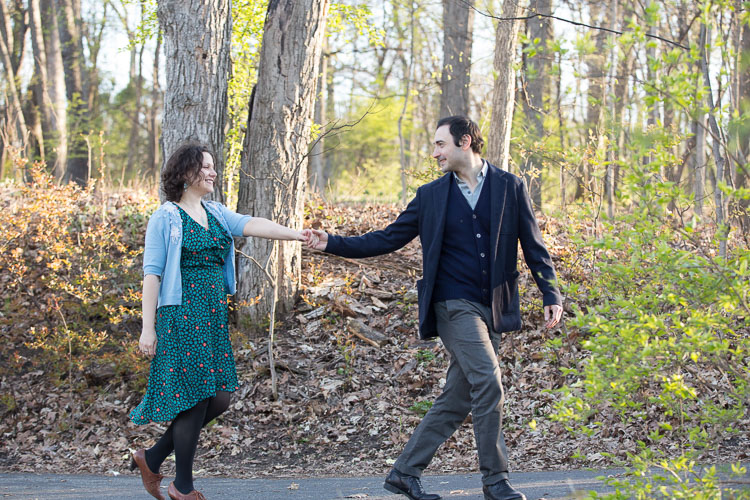
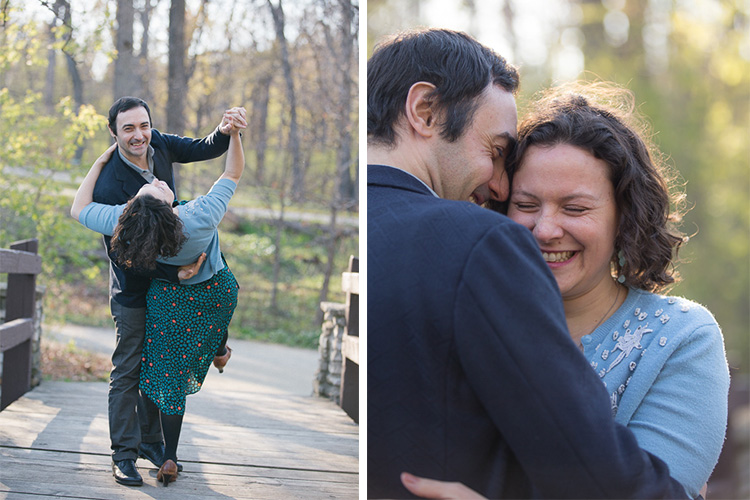
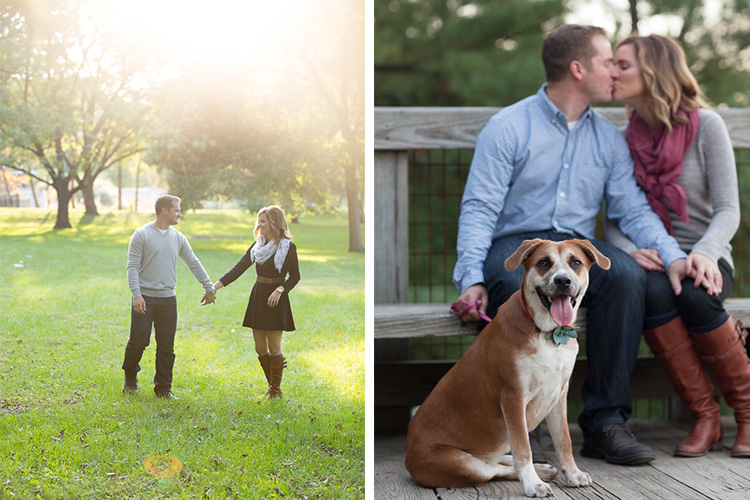
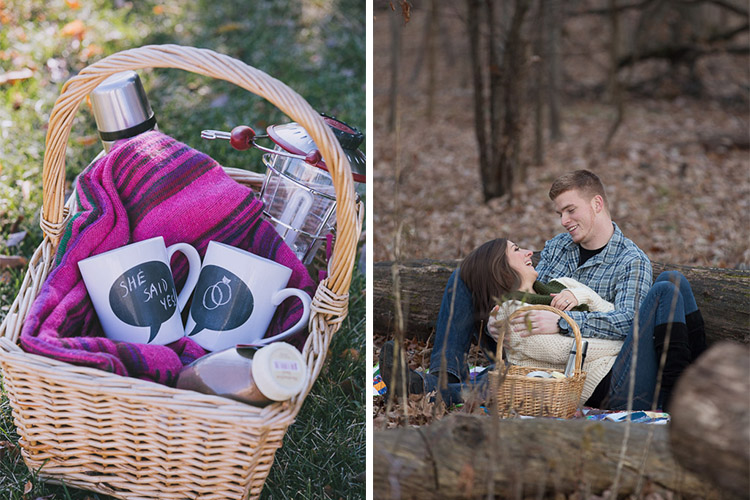






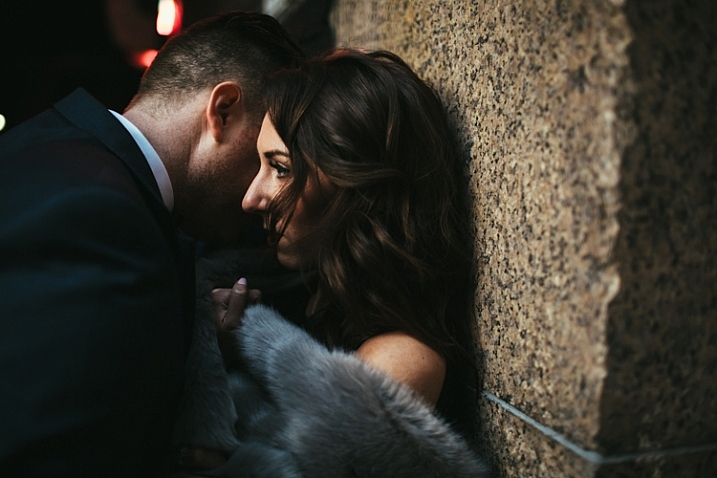
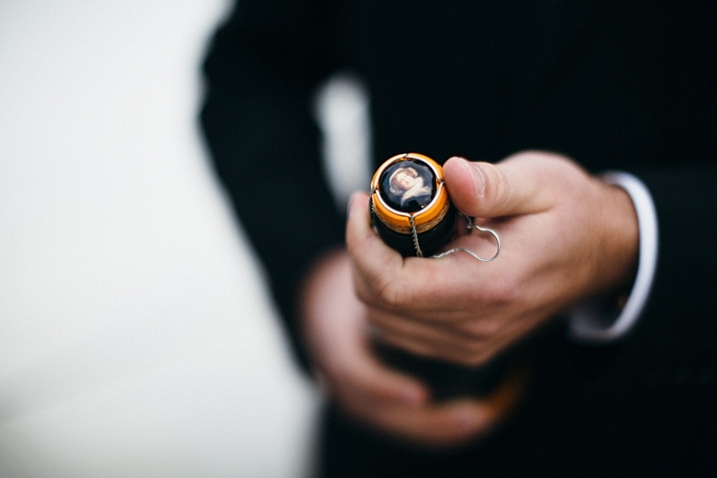

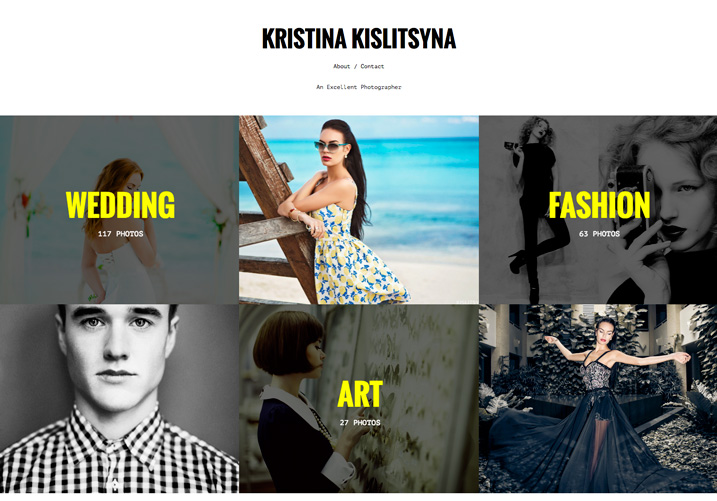
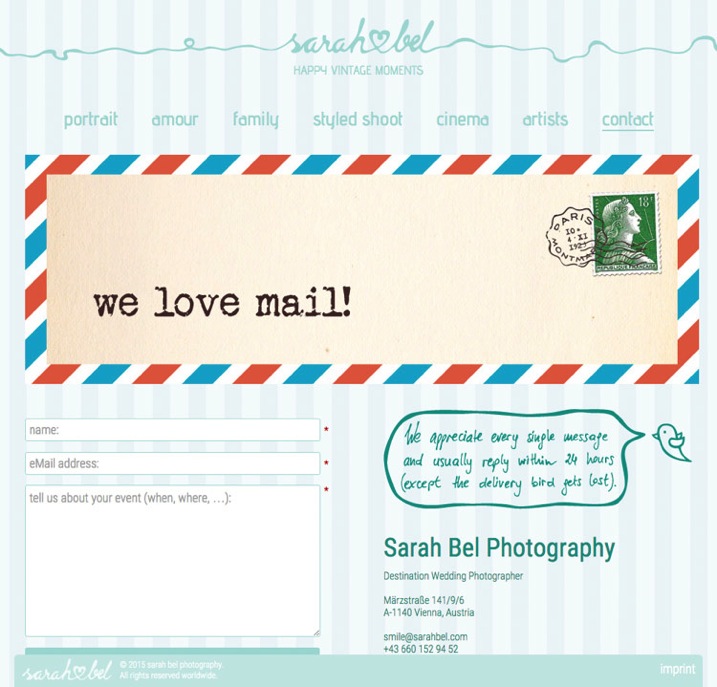

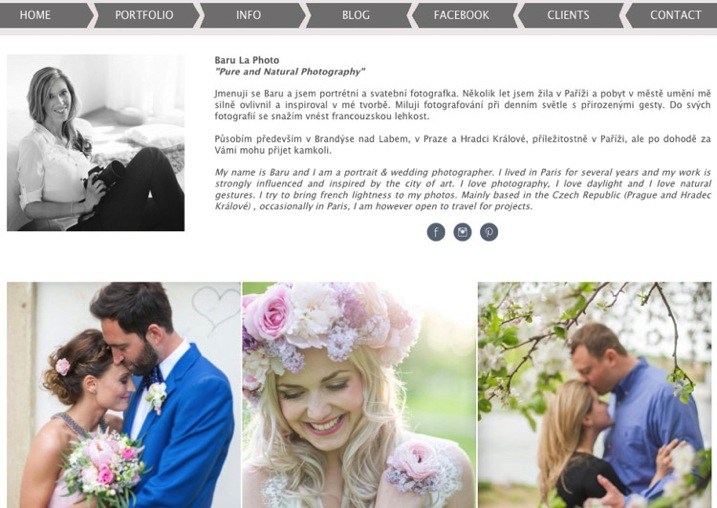
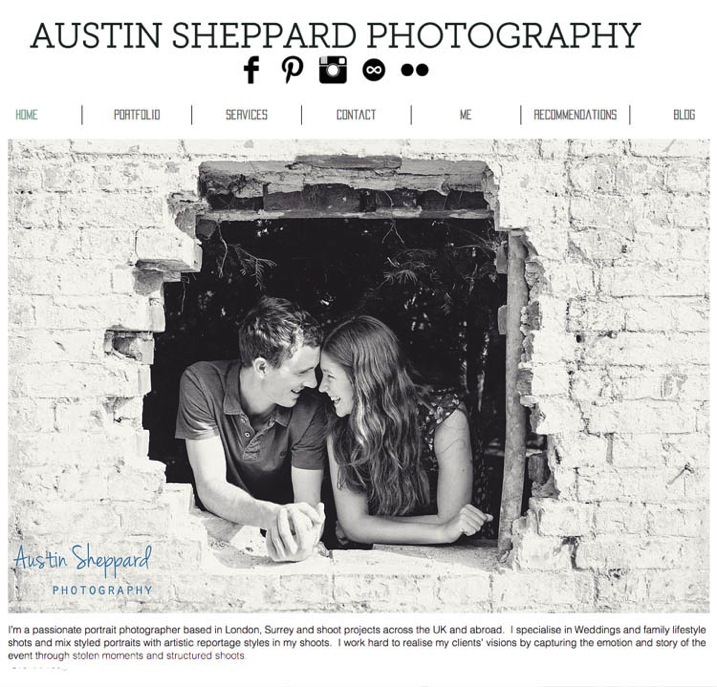
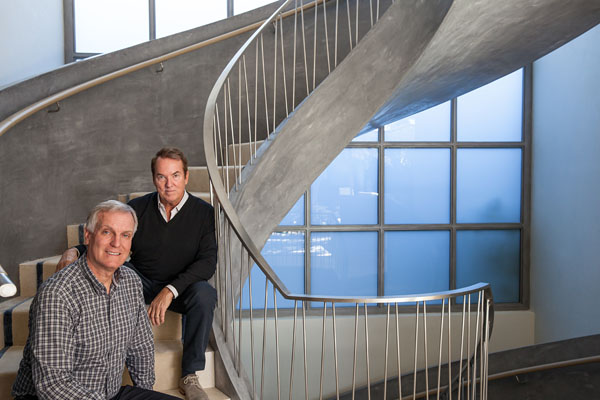








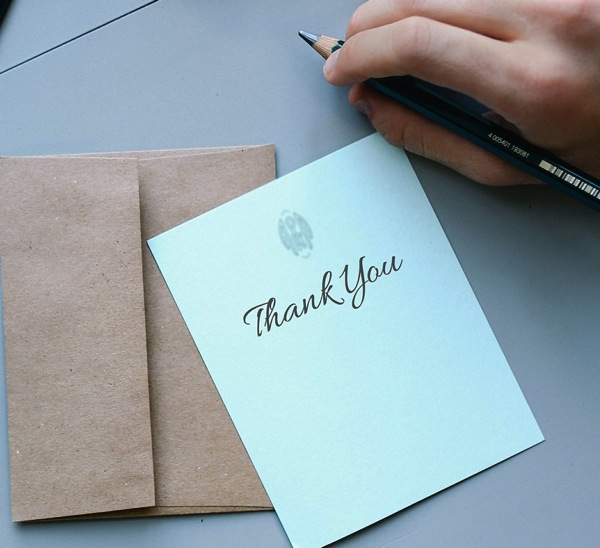
You must be logged in to post a comment.